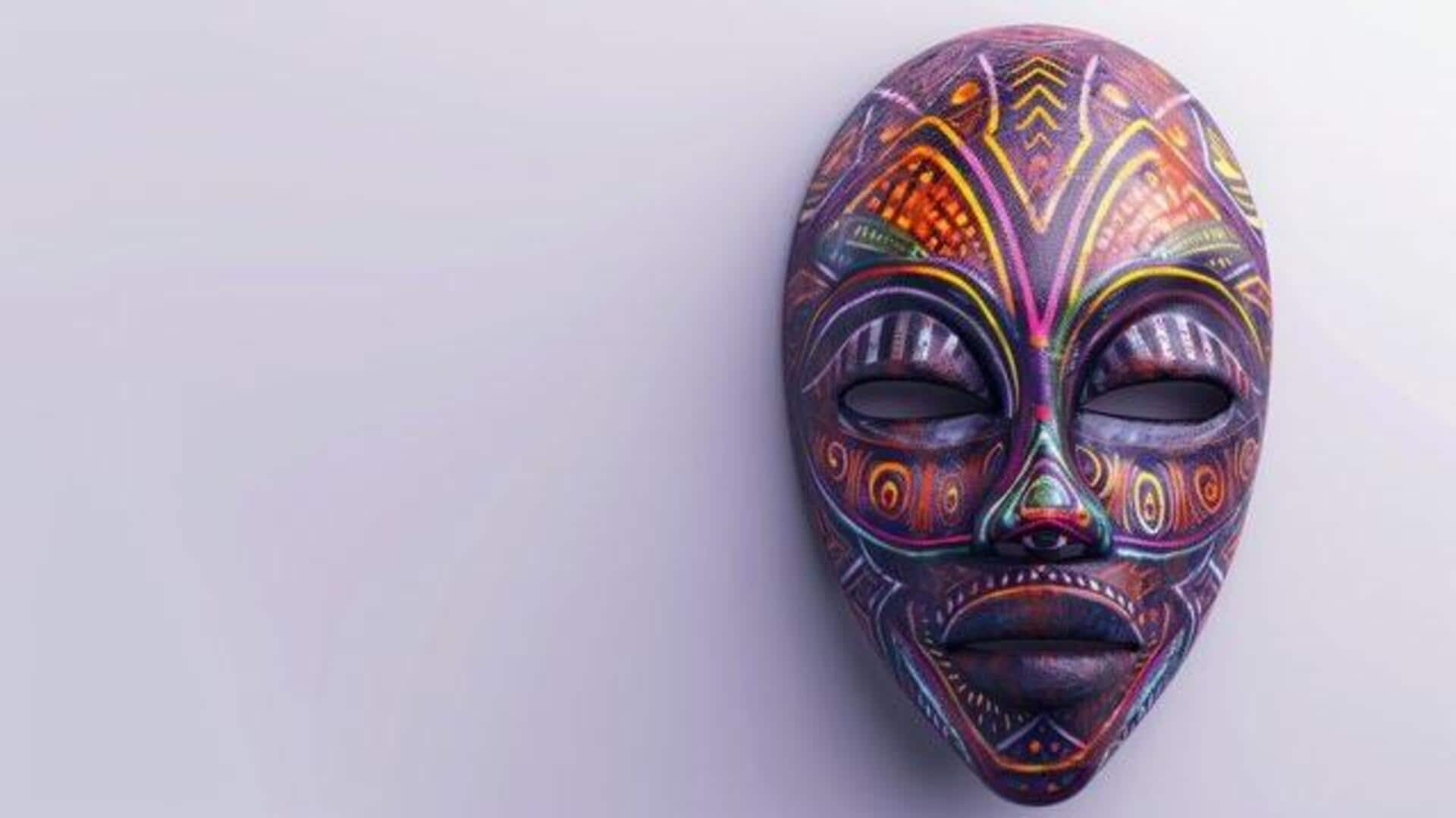
How to make masks with clay and natural paints
What's the story
African masks have always fascinated artists and art lovers alike, owing to their cultural significance and unique designs. Making authentic African masks with clay and natural paints is a rewarding experience that connects you with traditional art forms. Using clay, you can mold the basic structure of the mask, while natural paints give it the vibrant colors that are characteristic of African art. Here's how you can make these masks authentically.
Tip 1
Choosing the right clay
Selecting the right kind of clay is essential for your mask's durability and texture. Earthenware clay is a popular choice as it is easy to mold and fires well at low temperatures. It also gives you a porous surface, which absorbs natural paints easily. Make sure the clay is free from impurities so that it holds shape when sculpted.
Tip 2
Sculpting techniques for authenticity
Sculpting techniques determine how authentic your mask will look. Start by rolling out a slab of clay for the base. Use tools like wooden sticks or metal spatulas to carve out facial features like eyes, nose, mouth, and so on. Pay attention to symmetry, as many African masks are characterized by balanced proportions.
Tip 3
Natural paints for vibrant colors
Natural paints are made from plant materials like charcoal, ochre, or indigo. These give the masks their traditional colors without using synthetic chemicals. To make these paints, grind the materials into a fine powder and mix them with water or plant-based binders like gum arabic for better adhesion.
Tip 4
Drying and firing techniques
Once sculpted and painted, let your mask dry completely before firing it in a kiln or open fire pit if available. Firing solidifies the structure while enhancing color depth in natural paints. Monitor temperature carefully during firing to avoid cracking or warping.
Tip 5
Displaying your handcrafted mask
After successfully creating your mask using these techniques, think about how best to display it. You could mount it on a wall, or place it on a shelf, where it can be admired by guests. This way, you can showcase your craftsmanship and dedication to preserving traditional African artistry.